The Counter Assault Team (CAT) is a specialized unit within the Secret Service that offers direct and tactical support to protective details. This includes the protection of the President and Vice President of the United States. The CAT was established in the 1970s to neutralize potential attacks on protectees swiftly. The unit was originally part of the Special Services Division before being incorporated into the Presidential Protective Division (PPD).
Introduction
The Counter Assault Team (CAT) is a specialized tactical unit within the U.S. Secret Service. It provides tactical support to the Presidential Protective Division to safeguard the President of the United States. While the Presidential Protective Division’s primary focus is on shielding the President from an attack and ensuring their safe evacuation, the CAT also supports other individuals requiring protection, including at venues and national security events.
The CAT’s personnel undergo advanced weapons handling, tactics, and decision-making training to carry out their mission effectively. The primary function of the CAT is to divert, suppress, and neutralize any organized attack against a protectee, motorcade, or supported location. CAT members conduct thorough tactical advance planning and extensive coordination with other tactical entities to accomplish this. They are selected from the ranks of special agents.
History
Congress mandated the United States Secret Service to protect the President of the United States following the assassination of President William McKinley in 1901. Protection remains the agency’s primary mission to this day. The division of the Secret Service specifically responsible for the President’s personal security and the First Family is the Presidential Protective Division (PPD). This division maintains a close perimeter of agents around its protectees and conducts advanced security surveys for Presidential trips and events. Since 1992, the PPD has included a special unit known as the Counter Assault Team (CAT).
The Secret Service is authorized by law to protect:
- The President, the Vice President (or other individuals next in order of succession to the Office of the President), the President-elect, and the Vice President-elect;
- The immediate families of the above individuals;
- Former Presidents and their spouses for their lifetimes, except when the spouse remarries. In 1997, Congressional legislation effectively limited Secret Service protection to former Presidents for not more than ten years from the date the former President left office.
- Children of former presidents until age 16;
- Visiting heads of foreign states or governments and their spouses traveling with them, other distinguished foreign visitors to the United States, and official representatives of the United States performing special missions abroad;
- Major Presidential and Vice Presidential candidates and their spouses within 120 days of a general Presidential election.
How Protection Works
The United States Secret Service employs certain protective methods for all individuals under its protection. These methods may vary slightly for permanent protectees, such as the President and the First Lady, with dedicated teams of special agents assigned to them for 3 to 5 years. Temporary protectees, such as political candidates and foreign dignitaries, are provided with special agents on temporary assignment from Secret Service field offices.
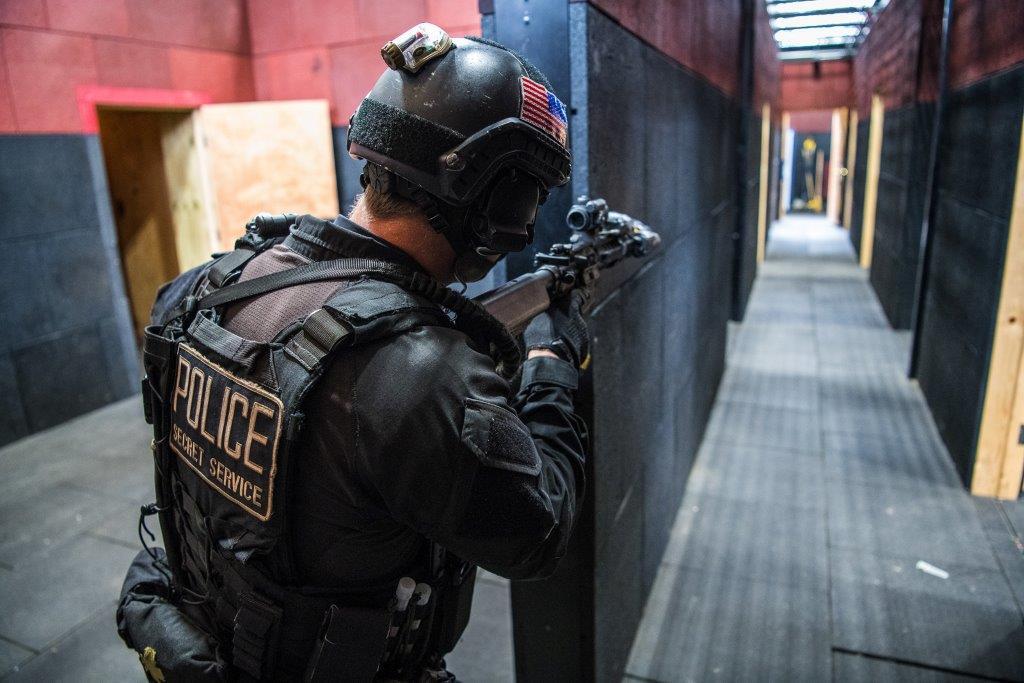
The Secret Service does not disclose specific details about its methods. However, it generally conducts advance surveys at each site to be visited. From these surveys, the agency determines the necessary manpower, equipment, hospitals, and evacuation routes for emergencies. It also alerts fire, rescue, and other public service personnel in the community and establishes a command post with full communication facilities.
Cooperation and coordination with the military and federal, state, county, and local law enforcement organizations are vital to the security operation. Before the protectee’s arrival, the lead advance agent coordinates with all law enforcement representatives participating in the visit. They are posted and alerted to specific problems associated with the visit. Intelligence information is shared, identification is specified, and emergency options are outlined. Before the arrival of the protectee, checkpoints are established, and access to the secured area is restricted.
Protective Research
During a visit, a team of Secret Service agents and local law enforcement personnel work together to ensure the safety and security of the individual being protected, known as the “protectee.” The Secret Service command post serves as the central hub for coordinating all protective activities, monitoring potential emergencies, and keeping all team members in communication. Once the visit is over, agents thoroughly review every aspect of the protective operation, document any unusual incidents, and make recommendations for future improvement.
Proactive research is a crucial component of the Secret Service’s security operations. Technicians and engineers are responsible for developing, testing, and maintaining the technical equipment and devices needed to secure the protectee’s environment. Additionally, agents and specialists assigned to protective research evaluate any information received from other law enforcement and intelligence agencies about individuals or groups who may pose a threat to the protectee. This information is vital in the Service’s protective planning and decision-making.
Uniformed Division
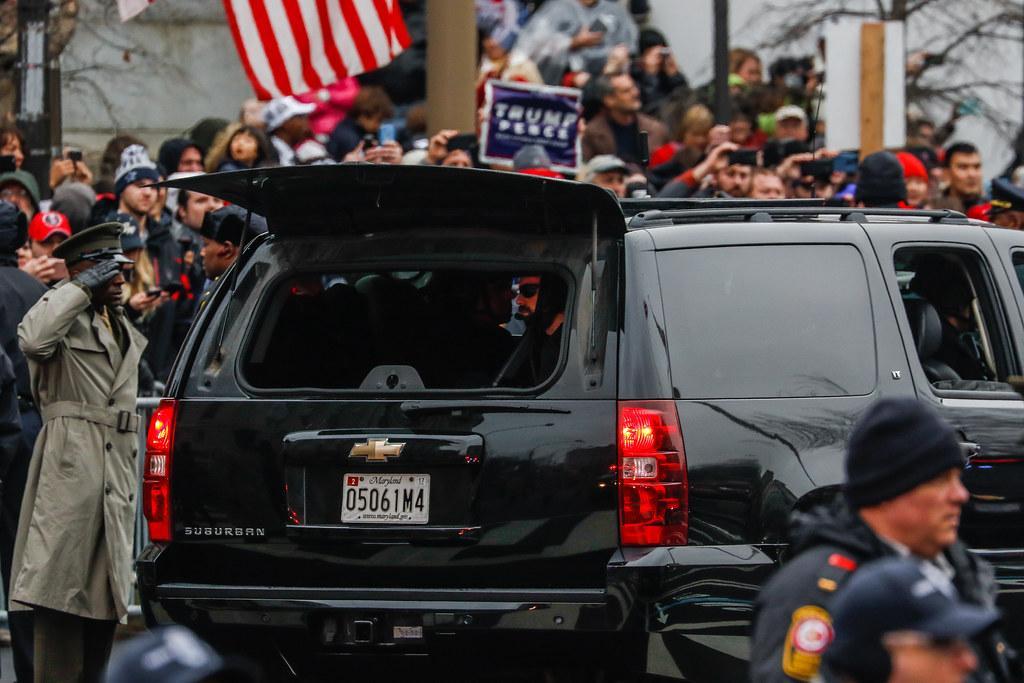
The Secret Service Uniformed Division, which initially consisted of a small number of individuals from the military and the Metropolitan Police Department, started providing formal protection for the White House and its surroundings in 1860. Initially, this unit was overseen by the White House Military Aide, but in 1922, President Warren G. Harding established the White House Police Force.
However, it wasn’t until 1930, following an incident where an unknown intruder entered the White House dining room. President Herbert Hoover recognized the need for the White House Police and the Secret Service to merge. President Hoover desired for the Secret Service to have complete control over all aspects of Presidential protection, leading Congress to place the oversight of the White House Police under the jurisdiction of the Chief of the Secret Service.
In 1970, Public Law 91-217 broadened the role of the White House Police, which was renamed the Executive Protective Service, to include the protection of diplomatic missions in the Washington, D.C., area. Additionally, in 1974, Congress added the responsibility of protecting the Vice President’s immediate family to the Executive Protective Service’s expanding duties.
After undergoing several name changes, the United States Secret Service Uniformed Division officially adopted its current name in 1977. While protecting the White House Complex remains its primary objective, the Uniformed Division’s responsibilities have significantly expanded.
The division is responsible for protecting:
- The White House Complex, the Main Treasury Building, and other Presidential offices
- The President and members of the immediate family
- The temporary official residence of the Vice President in the District of Columbia
- The Vice President and members of the immediate family
- Foreign diplomatic missions in the Washington, D.C. metropolitan area and throughout the United States, its territories and possessions, as outlined by statute.
The officers of the Uniformed Division carry out their protective duties through specialized support units such as Countersniper, Canine Explosive Detection Team, Emergency Response Team, Crime Scene Search Technicians, Special Operations Section, and Magnetometers. Additionally, they utilize a network of fixed security posts and foot, bicycle, vehicular, and motorcycle patrols to ensure safety.
Training and selection
Prerequisites
To be eligible for the Counter Assault Team (CAT) of the Secret Service, candidates must have served 36 months within the agency. The selection process includes completing two courses at the James J. Rowley Training Center (JJRTC), which are:
- A two-week CAT Selection Course
- A seven-week CAT Basic Course
Phase 1 – Candidates must have served as a special agent with the Secret Service for at least two years and four months by the graduation date of the next scheduled CAT Basic Course to attend a CAT Selection Course. Additionally, Phase 1 candidates cannot report to CAT until they have served three years as special agents with the Secret Service. The exact entry-on-duty date necessary will be posted in the official solicitation for candidates from headquarters.
Phase 3 – To be eligible for selection to a Phase 3 CAT assignment listed in a job opportunity announcement, a candidate must meet one of the following time requirements:
- If the candidate is currently in Phase 2 protective assignment: They must complete six years in the protective assignment by the date listed explicitly in the JOA
- If the candidate is currently in a Phase 3 assignment in a foreign field office, CID/CSP, TSD or JJRTC: Must complete three years by the date listed explicitly in the JOA.
- If the candidate is currently in a Phase 3 assignment in a domestic field office, headquarters, or protection assignment not listed in the prior bullet: They must complete two years by the date listed explicitly in the JOA.
- Have already completed the Phase 3 assignment commitments outlined above in the candidate’s current Phase 3 assignment
All applying agents must have achieved an evaluation of “Excellent” on the Secret Service’s physical fitness test administered by a Secret Service-certified Physical Training coordinator while in their current office/assignment before submitting their name for CAT selection.
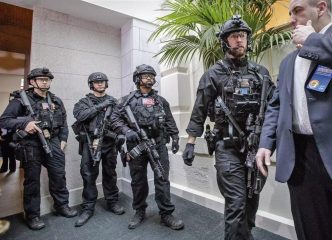
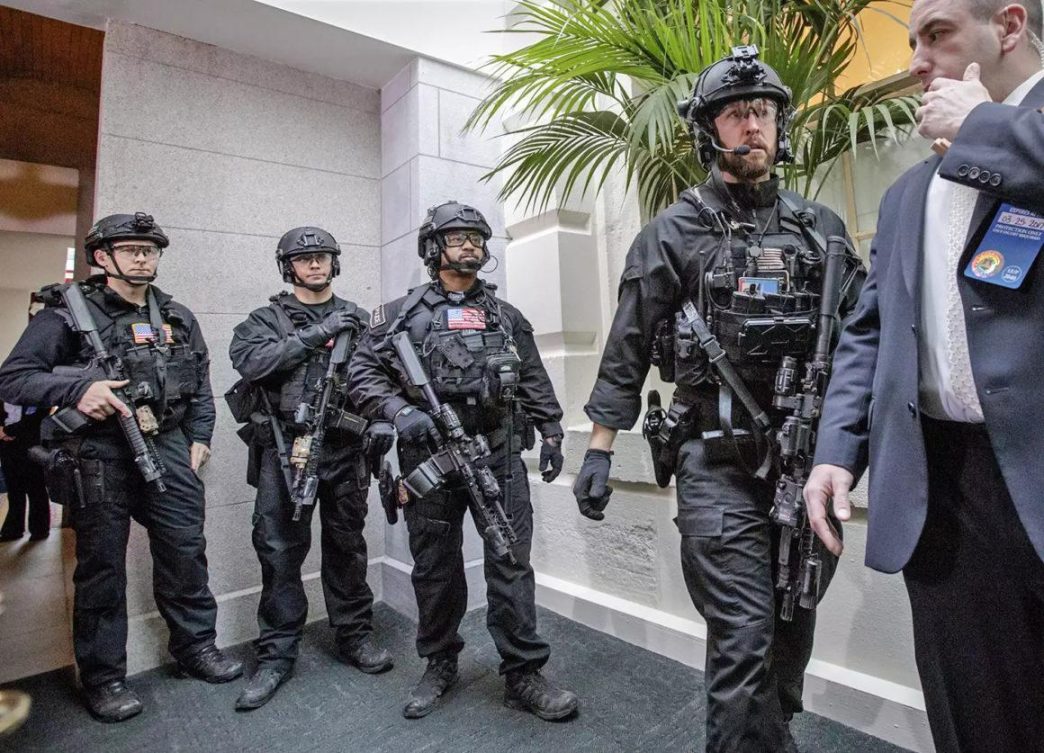
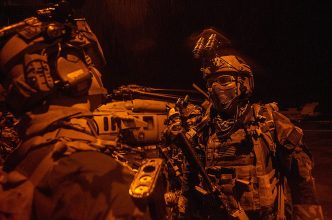
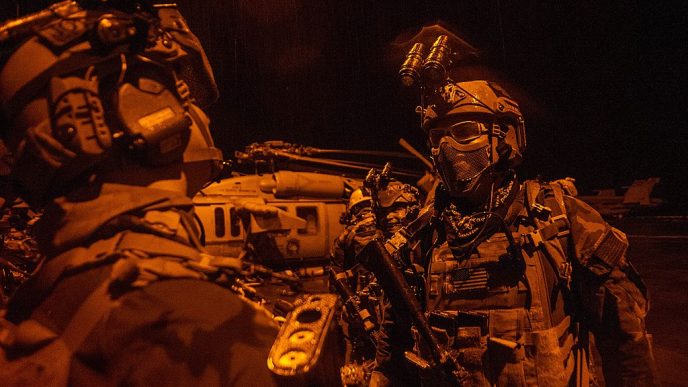
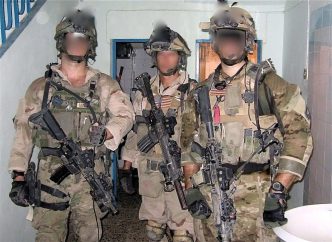
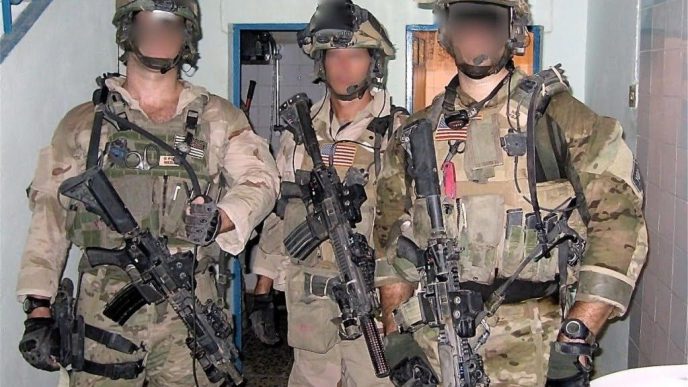
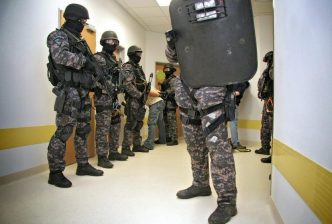
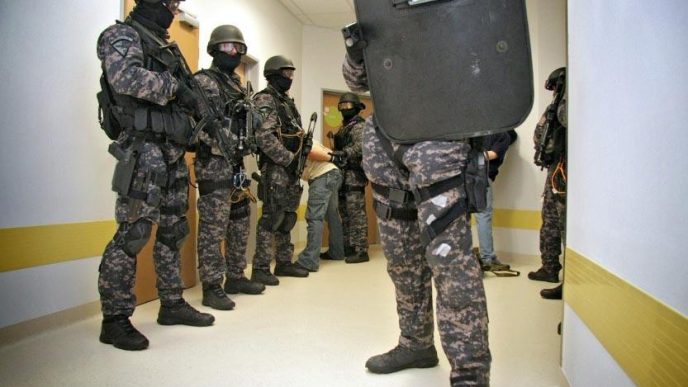
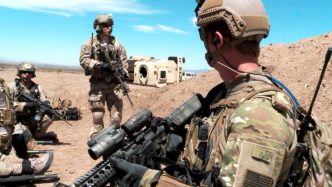
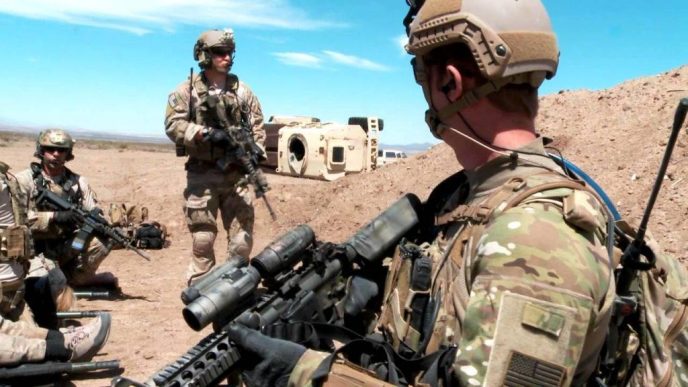
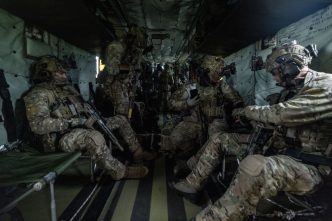
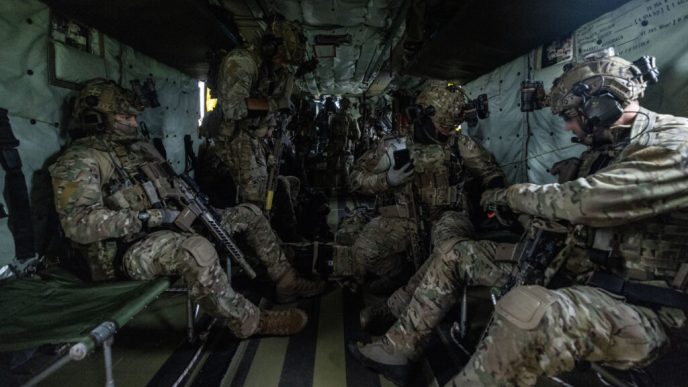
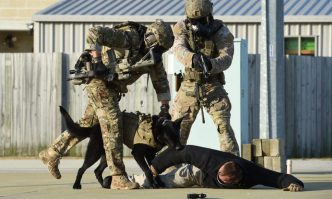
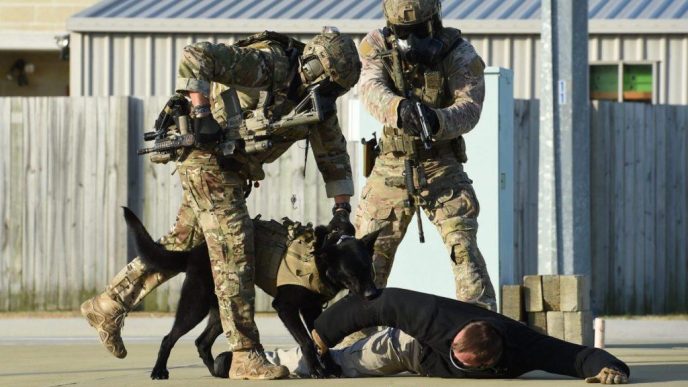
where were they during the capital riot?who told them to stay away?
The official website of the Secret Service states that the Presidential Protection Act of 2012, extended protection for former presidents starting with Pres. George W. Bush, for the rest of their lives (up from ten years).
Better security is to have an honest government like when Truman used to drive himself around and citizens could picnic on their White House lawn. The need for elite commandos surrounding the President at all times is an indication of how much the people hate the politicians.
Maybe CAT could talk to their homies in the FBI and ask them, WHAT THE FUCK NIGGA?
Just a suggestion.
RR Ringo